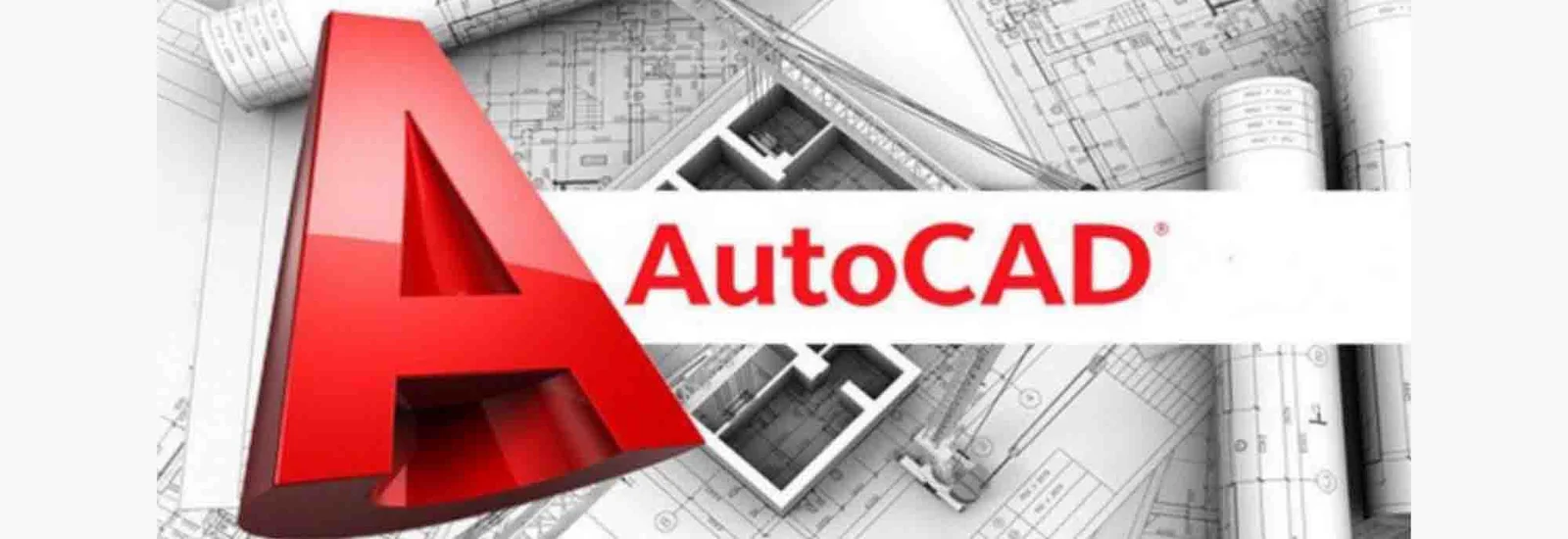

Whether you are a beginner looking to build a strong foundation or an experienced professional seeking to enhance your skills, this course is designed to cater to your needs.
Civil engineering is all about designing and drafting structures and infrastructure, and AutoCAD is the ideal digital platform for achieving this. Throughout the course, you will discover how to create accurate 2D and 3D drawings, plan land development, design transportation systems, and much more. You’ll also learn about industry-specific tools, tips, and tricks that can significantly improve your efficiency and precision in engineering projects.
By the end of this course, you’ll be ready to tackle real-world projects with confidence, making you a valuable asset in the civil engineering field. So, let’s get started on this exciting journey of mastering AutoCAD for Civil Engineering and taking your skills to new heights. Whether you’re a student, a recent graduate, or a seasoned professional, the knowledge and skills you gain in this course will open doors to a world of possibilities in the field of civil engineering.
AutoCAD is a widely used computer-aided design (CAD) software program in the field of civil engineering. It is used for creating 2D drawings and 3D drawings, drafts, and models, which are essential for the design and planning of civil engineering projects, such as buildings, infrastructure, and transportation systems. Taking a course in AutoCAD for civil engineering can be highly beneficial, whether you’re a student looking to enter the field or a professional seeking to enhance your skills.
Here are some key points about an AutoCAD civil engineering course:
Before enrolling in a course, it’s a good idea to research and choose a program that aligns with your skill level and career goals. Additionally, staying updated with the latest AutoCAD versions and developments in the field of civil engineering software is essential for staying competitive in the industry. This course covers Working with points, Alignments, Pipe Networks, and Pressure Networks. AutoCAD Civil 3D is an engineering software used by civil engineers and other professionals to plan, design, and manage civil engineering projects. Using AutoCAD Civil 3D, infrastructure professionals can better understand project performance, maintain more consistent data and processes, and respond faster to change.
Skills You Will Gain
• Knowledge of engineering, mathematics and physics.
• Ability to read and interpret blueprints, drawings, and sketches.
• Ability to work independently and collaboratively.
• Knowledge of computer-aided design (CAD) software.
Course Outcomes: –
• AutoCAD is a drafting tool used in the architecture, engineering, and
construction (AEC) field across all stages of the construction process. Google Search Engine
• Engineers use this software tool to plan, draw, execute, and study the strength
and properties of a building and its individual components. History
For more information please Click Here
Find more courses Click Here
Official Website Click Here
